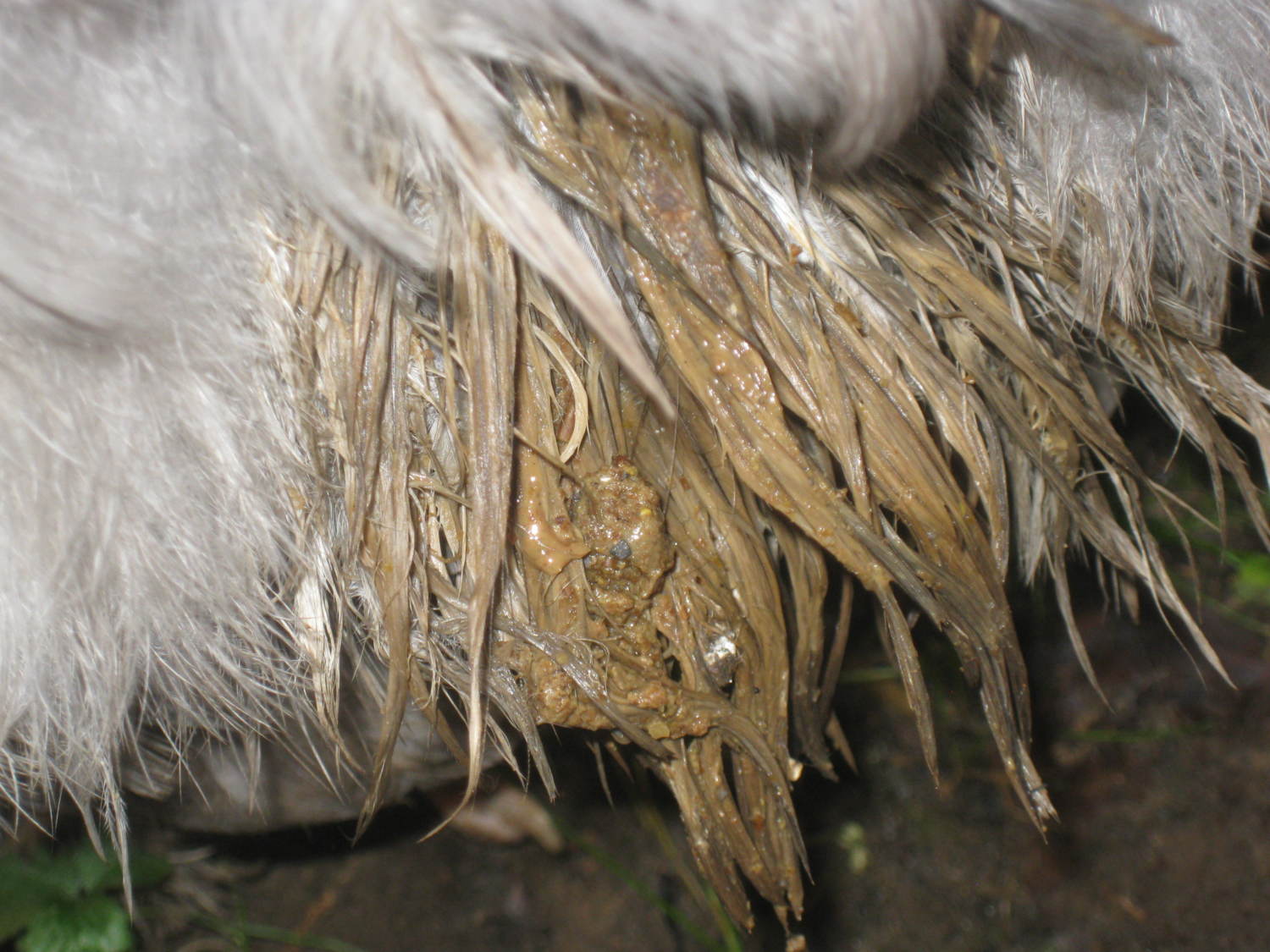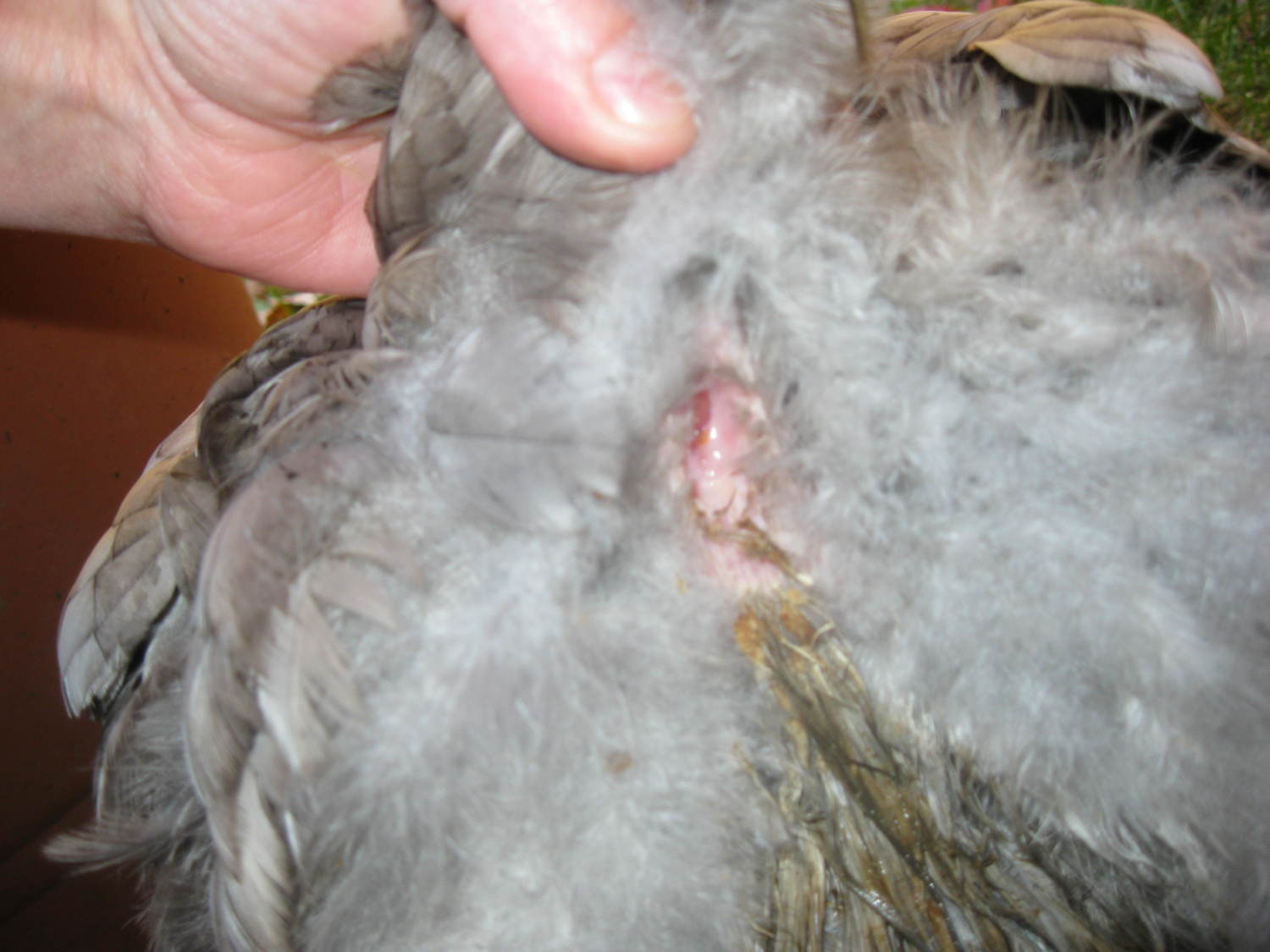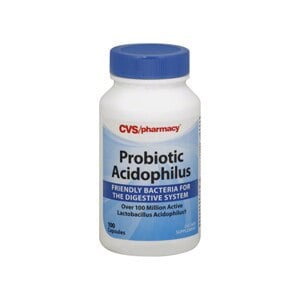- Jan 21, 2011
- 16
- 0
- 22
I have a hen quail that I noticed today that could walk without falling forward. When I caught her I noticed she has what I think is vent gleet. Also her breast meat feels non existent, all I feel is bones and no meat  . I wish I would of caught her sooner to help her out more. So far I have cleaned up her rear end with dawn soap and sprayed acv to help if it's a yeast infection. I brought her inside and made her drink water with the GQF vitamin and electrolytes in it. And put her in a dark room that's 72 degrees until morning. I have ground up some oatmeal and put honey and yogurt in it to try and feed her when I wake up. What else should I do? What would of caused this? I've had this small flock of 10 for 3 weeks now that I purchased from a quail breeder. I've had 3 die from un known causes since I've brought them home. Do they have a disease?
. I wish I would of caught her sooner to help her out more. So far I have cleaned up her rear end with dawn soap and sprayed acv to help if it's a yeast infection. I brought her inside and made her drink water with the GQF vitamin and electrolytes in it. And put her in a dark room that's 72 degrees until morning. I have ground up some oatmeal and put honey and yogurt in it to try and feed her when I wake up. What else should I do? What would of caused this? I've had this small flock of 10 for 3 weeks now that I purchased from a quail breeder. I've had 3 die from un known causes since I've brought them home. Do they have a disease?
 . I wish I would of caught her sooner to help her out more. So far I have cleaned up her rear end with dawn soap and sprayed acv to help if it's a yeast infection. I brought her inside and made her drink water with the GQF vitamin and electrolytes in it. And put her in a dark room that's 72 degrees until morning. I have ground up some oatmeal and put honey and yogurt in it to try and feed her when I wake up. What else should I do? What would of caused this? I've had this small flock of 10 for 3 weeks now that I purchased from a quail breeder. I've had 3 die from un known causes since I've brought them home. Do they have a disease?
. I wish I would of caught her sooner to help her out more. So far I have cleaned up her rear end with dawn soap and sprayed acv to help if it's a yeast infection. I brought her inside and made her drink water with the GQF vitamin and electrolytes in it. And put her in a dark room that's 72 degrees until morning. I have ground up some oatmeal and put honey and yogurt in it to try and feed her when I wake up. What else should I do? What would of caused this? I've had this small flock of 10 for 3 weeks now that I purchased from a quail breeder. I've had 3 die from un known causes since I've brought them home. Do they have a disease?



